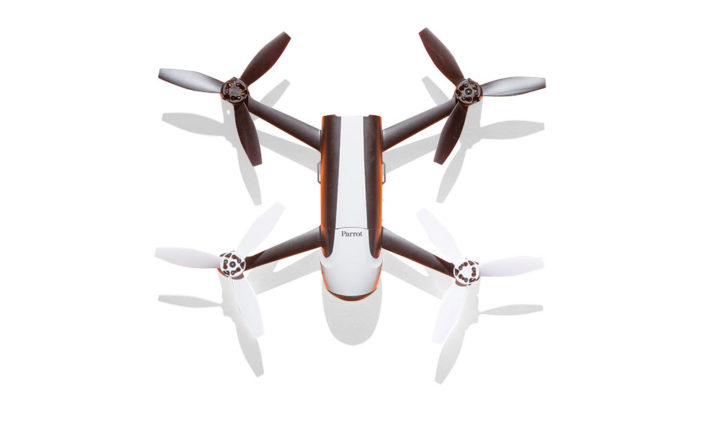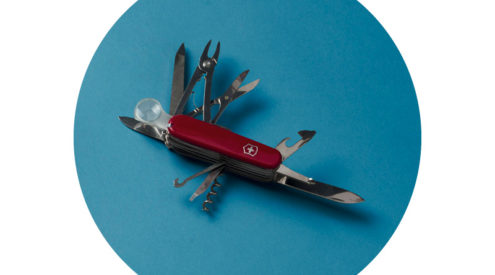Drone technology has come a long way in a short time – some drones are now foldable and come with top-quality cameras. But if you’re new to this, where do you start? Gear Editor Matthew Sterne decided to find out.
1. Parrot Bebop 2
R5,999 capeunionmart.co.za
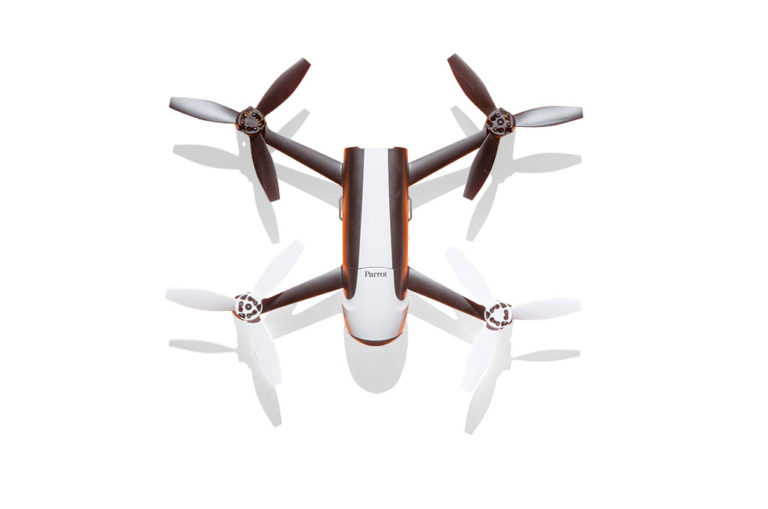
Range 2km
Battery life 25mins
Wind tolerance 60 km/h
Camera quality 14mp
Video quality 1 080p
Weight 500g
Understandably, there are some concerns about crashing drones and their durability, so Parrot has addressed these by creating its most robust drone to date – Bebop 2. It’s modular, so individual parts can be replaced, has a flexible central body, and the propellers automatically shut down in a collision. The drone is fairly light but can still fly in almost all conditions. On top of this, the 14mp camera has a fisheye lens, and stabilisation software removes the need for a gimbal. On the downside, Parrot has locked away some of its interesting features behind a paywall, which means you need to shell out a bit more if you want to use these.
2. DJI Mavic Air
R15,999 dronedeals.co.za
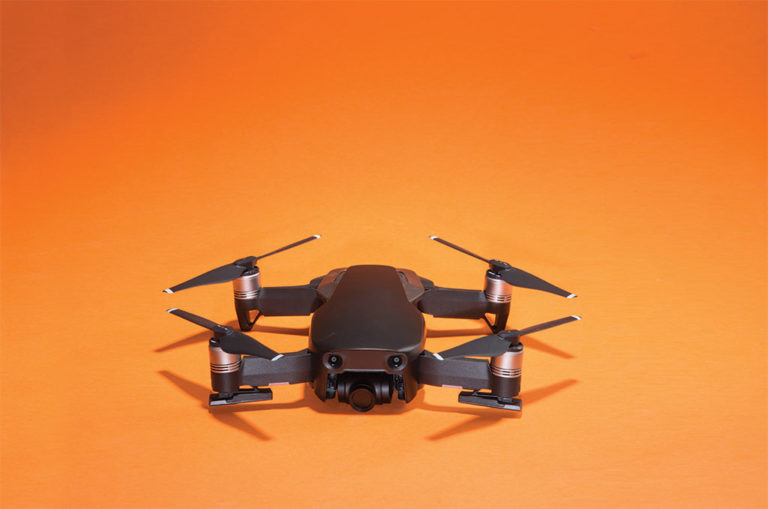
Range 4km
Battery life 21mins
Wind tolerance 35 km/h
Camera quality 12mp
Video quality 4K
Weight 430g
The Mavic Air is one of the more popular drones around, and has a legion of supporters to prove it. The reason is that it packs 4K video recording, a three-axis gimbal and 8GB internal storage into its small frame. Its specs are very similar to those of the Anaf (see page 65) and it also folds into a compact, easy-to-transport bundle. But it’s simpler to fly, thanks to an improved object-avoidance system and gesture controls, which give this drone more mainstream appeal.
3. DJI Mavic 2 pro
R30,999 dronedeals.co.za

Range 8km
Battery life 31mins
Wind tolerance 35 km/h
Camera quality 20mp
Video quality 4K
Weight 900g
This drone, along with the Mavic 2 Zoom, was released in late 2018 and drone-lovers around the world got excited. It has the sharpest videos and stills of any consumer drone because of its gimbal-stabilised Hasselblad camera, which boasts a one-inch CMOS sensor and takes hyper-lapses, which create beautiful aerial imagery. It has improved battery life and range, 8GB onboard memory, plus it’s the first DJI drone with front, back, bottom, top and side sensors. It’s foldable and fits into a camera bag with other photo gear. However, this all comes at a price, costing twice as much as other drones we looked at.
4. Parrot Anafi
R12,999 capeunionmart.co.za
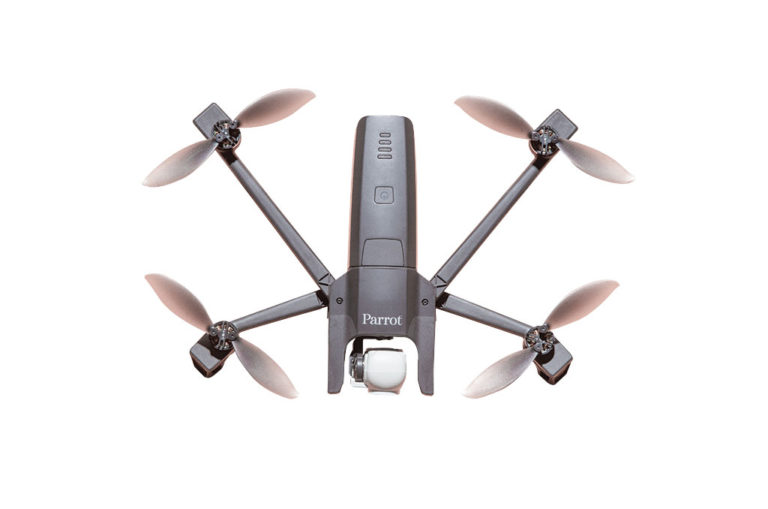
Range 4km
Battery life 25mins
Wind tolerance 50 km/h
Camera quality 21mp
Video quality 4K
Weight 320g
With an ultra-compact design (it folds and fits into a case the size of a can of tennis balls), a portable charger and its minimal weight, this is an excellent drone for travellers. But despite its small size, the photography specs are among the most impressive around. The 21mp camera has a 2.8 x lossless zoom and a 180° gimbal, allowing the lens to take photos upwards – a rare feat for a drone. The Anafi is also one of the quieter models on the market, which is handy for weddings and other occasions when you’d prefer to go unnoticed.
DJI FPV Goggles: racing edition
R10,999 dronedeals.co.za

Take your flying up a notch with these FPV (first-person view) goggles that work with any of the DJI products and give you a perfect bird’s-eye view. The goggles help to eradicate glare, which can be a problem at midday if you are using your phone to control the drone. It’s recommended that you don’t walk around while wearing them and to be accompanied if using them in a public space to avoid injury.
Entry-level drones
These were not included as they’re either so small they can’t realistically fly outside, or the quality of their cameras is very poor. Most experts we spoke to said you’re just wasting your money with entry-level drones, if aerial photography is your ultimate goal.
How to fly
Modern drones have some nifty features that make flying them much easier than you might think. Most are able to hover by themselves. Some have a ‘return-to-home’ feature so that if they lose signal they simply return to where they took off and land automatically. With the use of sensors, they’re able to avoid obstacles, and through GPS they can use the ‘follow me’ mode to track any subject, which comes in handy when you’re on the move. The rest, however, is up to the pilot.









